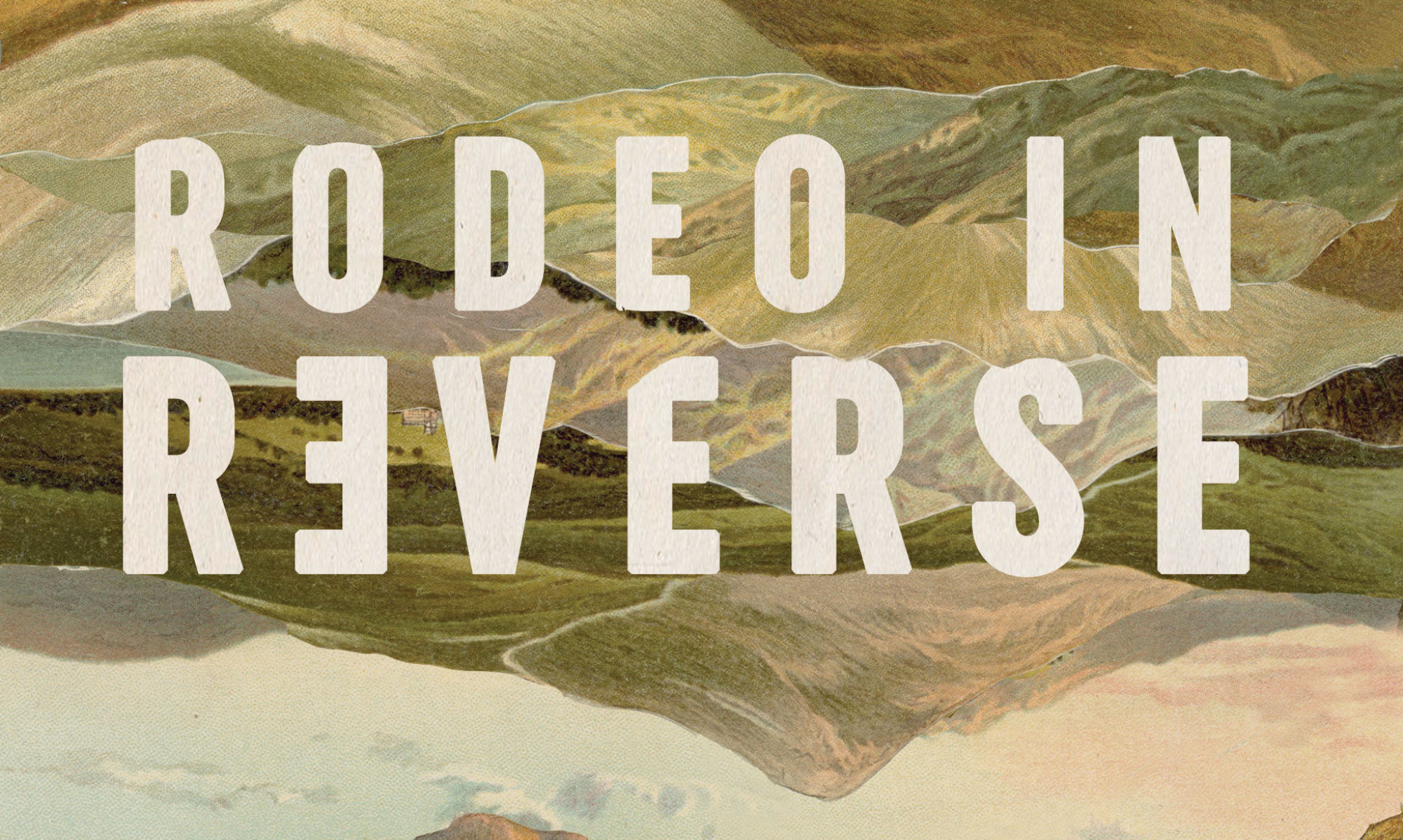Angela Lansbury: Goddess. The real deal. Entertainer extraordinaire.
Beauty and the Beast, the Disney animated feature now celebrating its 25th anniversary, was my first favorite movie and (perhaps not coincidentally) the first movie I can remember seeing in a theater. I was three. Stained glass and a glittering rose bigger than my eyes could take in, a young woman zooming through shelves of books on a rickety ladder, her animal friends gnawing at the pages: This cartoon might have shaped my whims and desires.
“Beauty prompts a copy of itself,” so Elaine Scarry says in “On Beauty and Being Just,” and this explains art, sure, but more importantly maybe: gawking: “Although very great cultural outcomes such as the Iliad or the Mona Lisa or the idea of distribution arise out of the requirement beauty places on us to replicate, the simplest manifestation of the phenomenon is the everyday fact of staring.”
To the movies! Yes, to the movies. Yes, and.
A child stares until he sees the doll’s nose twitch.
A child knows the world around them is alive, the inanimate world is animate, which is why a candlestick, a stuffy clock, a teacup, and swimming spoons are creatures worthy of empathy, celebration, and song.
The movie Beauty and the Beast is not without its terrors for a toddler: torches of furious townsfolk, the dark corners of a home, a well-meaning but incompetent parent, the growls and furies of love. Yet, I made it through nearly the entire 110 minutes.
Until the Beast turned into a man.
“Beast! Beast!”
I howled. I screamed. I wouldn’t and couldn’t stop.
My parents had to take me out of the theater. I believe the crying continued in the car. (What can I say? I was moved.)
The change from Beast to man was truly terrifying. The point of the fable as represented—the transformative power of love, inner beauty as outer beauty—was horrific and sad. Beast’s grotesque body was not as grotesque as his new one, one Belle didn’t know, one I didn’t know. This was not the creature I fell in love with. The crazed mob breaking down the door of the castle chanted “Kill the Beast!”
Beauty resurrects someone with her tears, but it doesn’t look or sound like the Beast.
Had the townspeople, in some regard, won?
When you are loved, does the you who you were before disappear? Do you lose your hirsute, outsized, toothy self? Do you fit better into clothes? Do you lose the power of make-believe, the stories calcifying into the bright stills of stained glass?
As a toddler, the holy terror terrified, I knew something about wildness and ugliness; I didn’t believe love could or should strip you of them. But as with most things, what we want others to want is what we see in ourselves.
My wailing reaction, an outburst, seems to speak to the nature of desire (or at least of mine): it can be loud, unseemly, excessive, claw-equipped, unkempt. We have to peel desire from its red velvet theater seat, rock it abye in crowds and parking lots, and stuff it into the sedan. It’s embarrassing.
This versus what the moral of the story, that what we desire becomes loveable because we love it, that in loving a wild soul we tame it—that this tamed love is equally (or more) desirable. That what we sense metaphysically should equal what we see or what we see we should see as beautiful, beautiful defined in the eyes of the same world that can hear a teapot sing, mistakenly thinks it’s only whistling.
I don’t want my gaze to change the object of my desire, but the object of my desire to change me.*
Metaphor is dangerous. Everything it says includes everything it doesn’t say.
I had stared at the Beast, only glimpsed the man. Beast as man, Cogsworth as man, Mrs. Potts as woman—were they any less real before I stared? Before they turned human?
The danger of looking. The danger of beauty.
(“And indeed there will be time / To wonder, ‘Do I dare?’ and, ‘Do I dare?’”)
Later, I received the Beast Barbie doll, which was a male doll in the blue tails with hair for what we’d now call a man-bun with a furry mask that went over his head. This seemed wrong to me: The man face should be the mask—not the Beast. The Beast was the true self! The Beast was the Beloved. Given time, the prince’s hair became more wolfish, more Heathcliff; the Beast mask lost at the bottom of some tin or shelf. Eventually, as with all the other dolls, I gave them up, the alive world beckoning.
The magic mirror can “show you anything, anything you wish to see.”
No wonder then, the first section of Scarry’s “On Beauty and Being Just” is “On Beauty and Being Wrong.”
How did the teapot put it? “Bittersweet and strange / finding you can change,” though I can’t admit to having been wrong.
https://www.youtube.com/watch?v=VkAVfsw5xSQ



